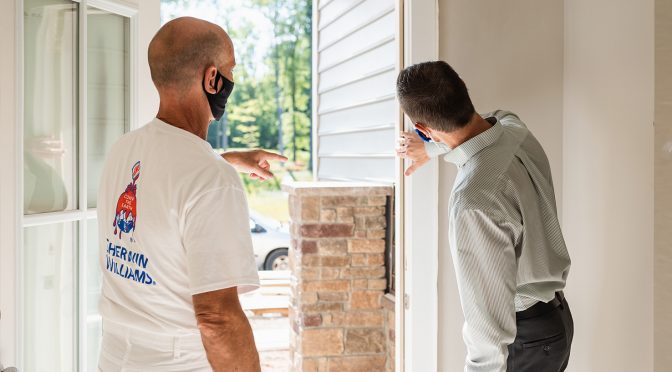Callbacks are a drain on profitability and productivity, not to mention the potential damage unsatisfied customers can do to your reputation and brand in referrals and social media. Here are some of the best ideas we’ve found to keep callbacks to a minimum.
1. Get your team on board
The motivation and incentives contractors provide their workers are often structured to reward higher productivity more than higher quality. You certainly want efficient operations, but not at the cost of quality shortcomings resulting in a callback that has you investing more resources in a job than originally estimated.
Consider structuring simple, inexpensive incentives that result in team rewards for customer satisfaction, not just production. Buy your team lunch, for example, for achieving an agreed-upon number of consecutive jobs that do not result in a callback.
2. Provide proper training
Invest in training for your team members, especially if you can identify a task where their performance may be consistently lacking. It could be just a matter of regularly spending a few extra minutes with your team to ensure they continuously employ quality painting practices – and know how to do so.
3. Measure the cost
Track the time and resources you put into callbacks and make them a line item on your profit and loss calculations. A clear understanding of the price of callbacks can help you determine exactly how much you need to raise your game to consistently meet customer expectations – and what it costs you if you don’t.
4. Use quality materials
This one is simple. Using quality tools and quality products, whether they are brushes, rollers, sprayers or paints (such as Sherwin-Williams Cashmere®, Emerald® and Duration® product families), is key to delivering quality, customer-satisfying results.
5. Stick to paint…
Painting contractors often get requests to perform tasks that are outside of their established areas of expertise. While it’s tempting to say, “Sure, we can replace that ceiling fan fixture while we’re up on the ladder,” instead recommend experts and tradespeople who can ensure the job is done properly and safely. The relationships you build with other trades could pay off when their projects require a little subcontracted painting work.
6. …but be a partner
That said, there are often simple tasks that you can do to demonstrate your partnership with your customer and commitment to their satisfaction. Point out the loose cabinet hardware you tightened up for them, the out-of-scope touch-up you performed, or the ceiling fan blades you cleaned while you were up on the ladder. Small things can all add up to deliver customer satisfaction.
7. Communicate!
Uncertainty can breed frustration when it comes to customer satisfaction, so be sure your customer has a clear understanding of what will occur and when. If you say you’ll be there at a given time, be there. But if you can’t be, make sure your customer is aware of any change in plans as soon as possible.
8. Help create and manage expectations
The more details, the better, when it comes to creating realistic expectations and timelines for your customers. Detailed progress updates and record- keeping during the project can help mitigate any subsequent misunderstandings or disagreements.
Additionally, tools such as the ColorSnap® Visualizer can help build a shared expectation and ensure there are no surprises once a finished project is unveiled. And a detailed professional bid, such as that provided by Sherwin-Williams Project Bids Tool, can also help set clear customer expectations.
Get more ideas about managing and building your painting business in the Pintor Pro magazine archive.




